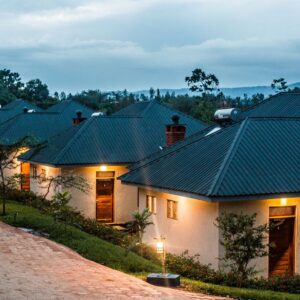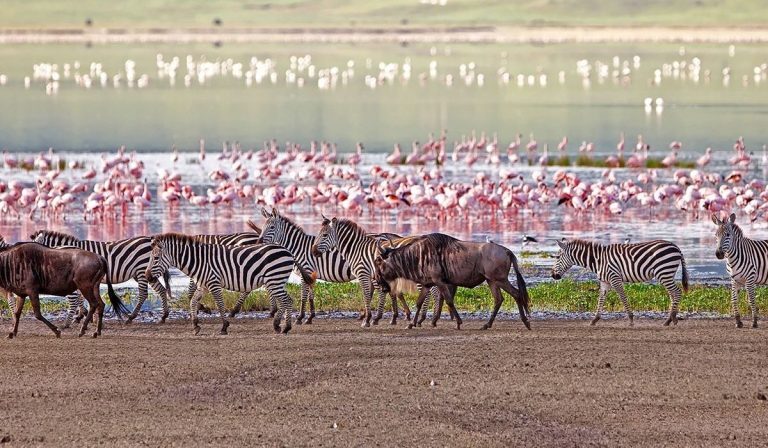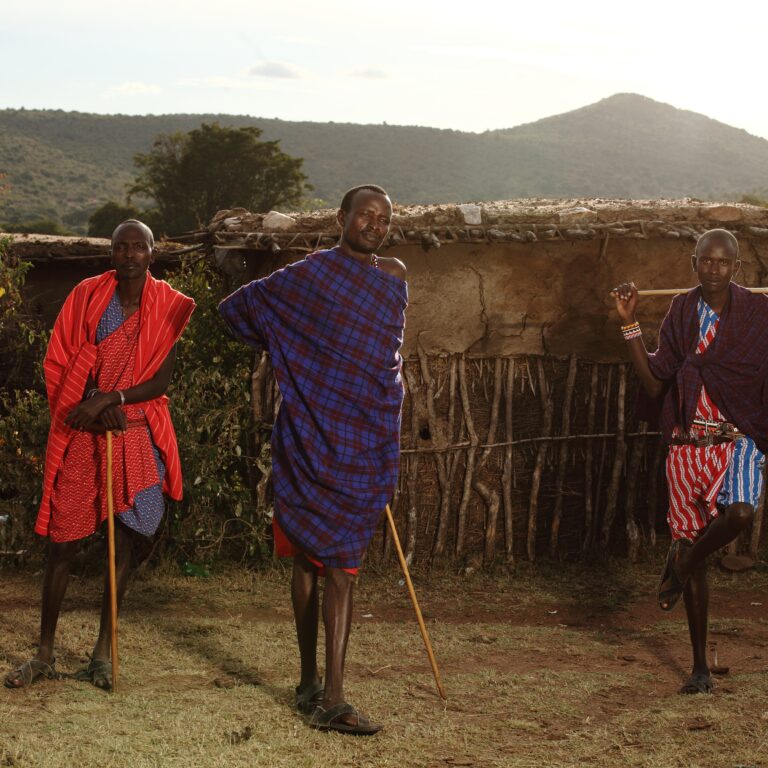Climbing Mount Kilimanjaro is a thrilling, bucket-list adventure, but it’s also a challenging endeavor that tests both physical endurance and mental resilience. Standing tall at 5,895 meters (19,341 feet), Kilimanjaro presents a variety of obstacles, including steep ascents, cold temperatures, and the effects of altitude. However, with proper preparation and strategy, you can make your climb more manageable and enjoyable. Here are eight essential steps to make climbing Kilimanjaro easier, allowing you to focus on the awe-inspiring experience rather than the difficulties.
Steps 1: Choose the Right Route for Acclimatization
Selecting the best route is crucial for making your climb smoother. The key is to give your body enough time to acclimatize to the high altitude. Some routes are shorter, but this doesn’t mean they’re easier. In fact, quicker ascents increase the risk of altitude sickness.
Lemosho Route and Northern Circuit are excellent choices for acclimatization. Both routes offer gradual ascents over 8 to 9 days, allowing your body to adjust to the thinning air.
Machame Route is also a popular choice, with a high success rate due to its balanced pace and “climb high, sleep low” strategy, which helps the body cope with altitude.
Longer routes give you a better chance of reaching the summit without suffering from severe altitude-related issues.
Steps 2: Train for Stamina and Endurance
Climbing Kilimanjaro is not just about walking up a hill. It’s a demanding trek that requires stamina, leg strength, and cardiovascular fitness. Begin training at least three to four months before your climb.
Hiking: The best preparation for Kilimanjaro is hiking, preferably at higher altitudes if possible. Start with shorter hikes and progressively increase your distance and elevation.
Strength Training: Incorporate exercises like squats, lunges, and step-ups to strengthen your leg muscles, which will help you on steep sections.
Cardio: Aerobic activities like running, cycling, and swimming will boost your cardiovascular fitness, helping you handle long days of hiking.
By building your fitness level, you’ll find the climb easier and more enjoyable.
Steps 3: Pace Yourself – “Pole Pole”
One of the most important pieces of advice you’ll hear on the mountain is to go “pole pole”, which means “slowly, slowly” in Swahili. Walking too quickly can lead to exhaustion and increase the risk of altitude sickness.
Start slow and maintain a steady pace throughout the climb.
Focus on taking small, deliberate steps rather than rushing to cover more ground quickly.
Listen to your guides, who are experienced in pacing the climb to maximize success.
By pacing yourself, you’ll conserve energy and allow your body to acclimatize naturally.
Steps 4: Stay Hydrated
Staying hydrated is crucial for both energy and acclimatization. The effects of altitude, along with the physical exertion of climbing, can dehydrate you more quickly than usual.
Aim to drink at least 3 to 4 liters of water per day during your climb.
Carry a hydration system (like a water bladder with a tube) for easy access to water while hiking.
Avoid alcohol and caffeine, as they can contribute to dehydration and make acclimatization harder.
Proper hydration helps maintain energy levels and reduces symptoms of altitude sickness, such as headaches and fatigue.
Steps 5: Pack the Right Gear
Having the right gear can make a significant difference in your comfort and overall experience. The weather on Kilimanjaro varies greatly, from warm temperatures at the base to freezing conditions near the summit.
Clothing Layers: Pack moisture-wicking base layers, insulating mid-layers (like fleece or down), and a waterproof, windproof outer shell. This layering system allows you to adjust to the rapidly changing weather conditions.
Good Footwear: Comfortable, sturdy, and well-broken-in hiking boots are essential for foot support and stability. Don’t forget warm socks to keep your feet dry and cozy.
Sleeping Bag: Bring a sleeping bag rated for sub-zero temperatures, as nighttime temperatures on the mountain can drop significantly.
Investing in quality gear will keep you warm, dry, and comfortable, making your climb more manageable.
Steps 6: Eat Properly and Fuel Your Body
Your body needs plenty of fuel to maintain energy levels during the long days of climbing. Eating the right food will help you stay strong and focused.
Eat balanced meals with a good mix of carbohydrates, protein, and fats. Carbs, in particular, are essential for providing quick energy.
Snacks like energy bars, nuts, and dried fruit are great for quick bursts of energy during the trek.
Don’t skip meals, even if you lose your appetite at higher altitudes – your body needs fuel to keep going.
Tour operators typically provide nutritious meals during the climb, but it’s always a good idea to bring some of your favorite high-energy snacks to keep you motivated.
Steps 7: Get Plenty of Rest
The long days of hiking, combined with the effects of altitude, can leave you feeling exhausted. Getting enough rest is vital for recovery and acclimatization.
Sleep well before the climb to start the trek feeling fresh and energized.
On the mountain, make the most of the rest days and get to bed early to ensure your body has time to recover.
Use earplugs and an eye mask to block out any noise or light from the campsite that may disturb your sleep.
Proper rest will ensure that your body is in the best possible condition to handle the climb.
Steps 8: Mentally Prepare for the Challenge
Climbing Kilimanjaro is as much a mental challenge as it is a physical one. The altitude, exhaustion, and unpredictable weather can all test your resolve. To make the climb easier, it’s essential to prepare yourself mentally as well.
To sufficiently prepare for climbing Kilimanjaro, the best and perhaps only exercise you need to do is to hike – period. Ideally, you should try to hike as much as possible on hills or mountains to simulate climbing Mt Kili. Doing day hikes is superb training. Try to train three times a week, for at least one hour per session, at a minimum. If you can do day hikes for four to six hours, with moderate elevation changes (~1,000 ft/305 m) while carrying a 20 lb pack, or if you can climb stairs or use a StairMaster for 1-2 hours, at 30 steps per minute while carrying a 20 lb pack, then you’re probably ready for the real thing.
Set realistic expectations. Kilimanjaro is not an easy trek, but with the right mindset, you can overcome the obstacles.
Break the climb down into smaller, manageable sections in your mind. Focus on reaching the next camp or the next milestone rather than thinking too far ahead.
Stay positive and embrace the journey. Your guides and fellow climbers can offer encouragement and support, helping you stay motivated.
A strong mindset is often the key to reaching the summit when your body feels like giving up.
By following these eight steps, you can make your Kilimanjaro climb more manageable, giving yourself the best chance of reaching the summit and enjoying the experience. Remember, preparation is key, and by taking these steps, you’ll turn a challenging climb into an unforgettable adventure.







